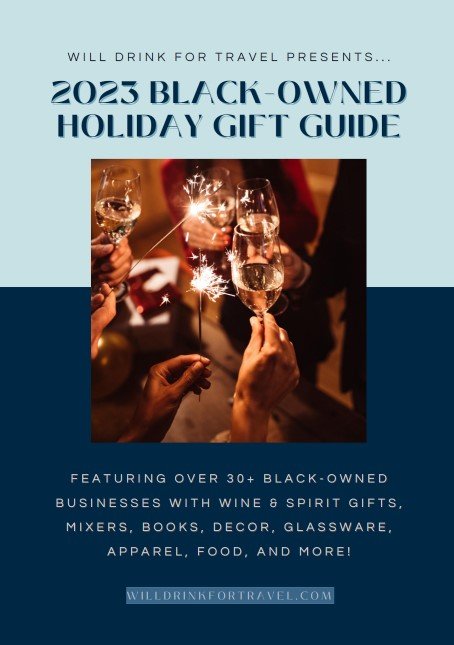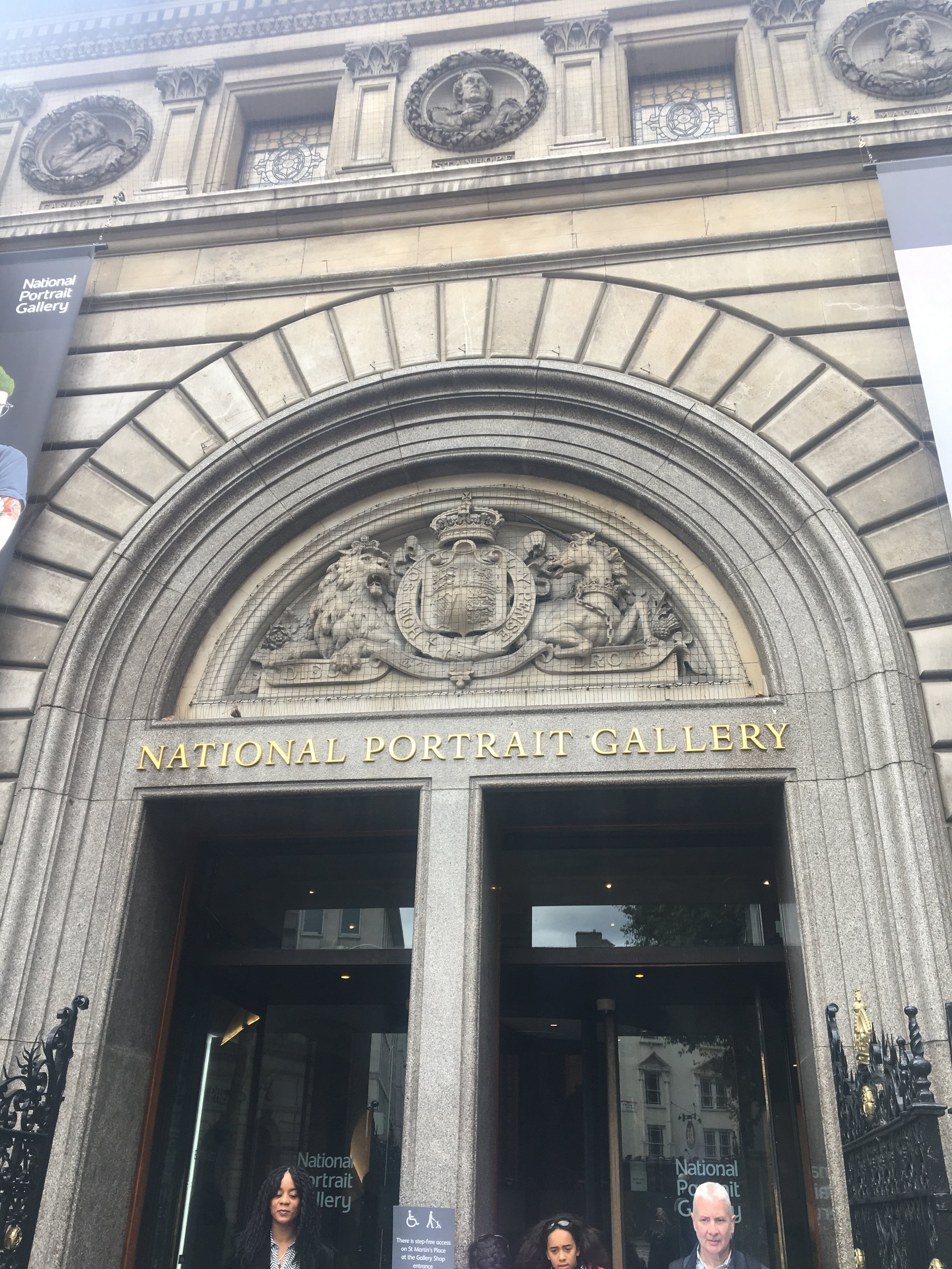Juneteenth celebrates when word of slavery ending finally reached Galveston, Texas on June 19, 1865, 30 months after the Emancipation Proclamation became law of the land on January 1, 1863. (All enslaved people weren’t actually free after Juneteenth either but that’s another story.)
Celebrations have been happening since then and have spread across the country over the years as people have migrated north and west. Today, Juneteenth is a time for rejoicing and reflection, and celebrates Black freedom and achievement.
What you may not know is that red food and drinks are customary for Juneteenth celebrations. The color red is symbolic in many West African cultures for sacrifice, war, power, life and death. Bissap (hibiscus) and kola nut were native to West Africa, both emitting a red color once steeped in hot water to make tea. They made their way to the Caribbean, Latin America and the United States through the slave trade.
Traditions were passed down and as Juneteenth became more widely celebrated, red food and drinks were a must. They symbolize Black people’s suffering, perseverance, ingenuity and resilience. Red velvet cake, watermelon, and other red foods are common at Juneteenth celebrations. Red drinks have taken the form of strawberry lemonade and soda in more recent years.
I created a strawberry limeade rum punch to celebrate this year. We have made so much progress, but still have so far to go. Cheers to Juneteenth!
Cheers!












